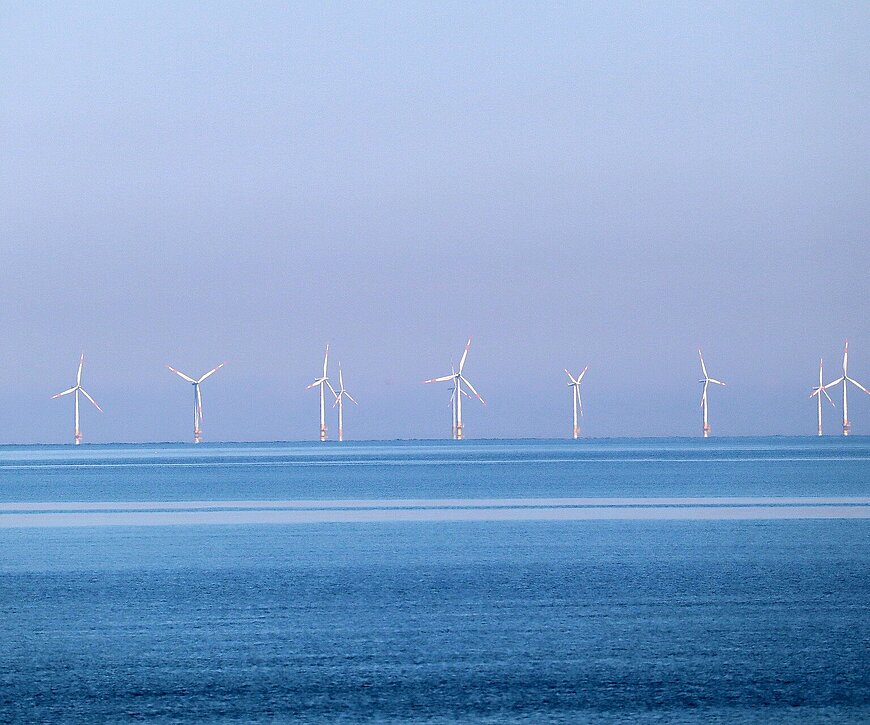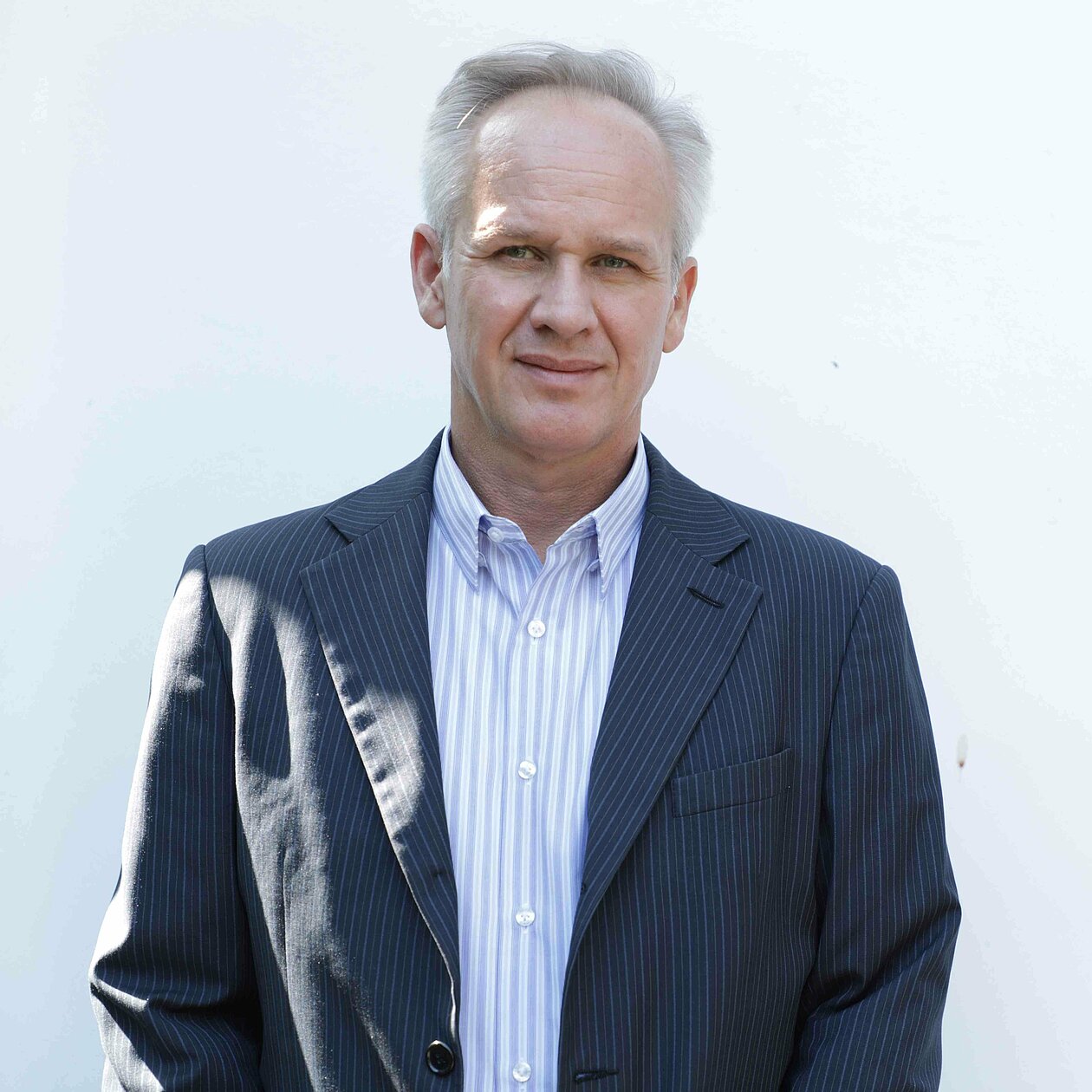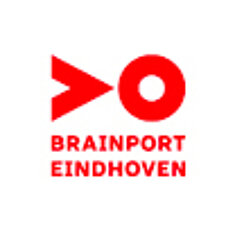Within five years, Tarucca wants to monitor all wind turbines in the Netherlands

Wind energy is becoming increasingly important, so more and more wind turbines are being added. Start-up Tarucca wants to make the inspection of wind turbines easier and more efficient with photonic sensors and AI.
This year, the cabinet decided to further increase the installed capacity of offshore wind power to 21 GW by 2030. If everything goes according to plan, there will be about 1,700 wind turbines in the Dutch North Sea. Now the blades of wind turbines are all still inspected visually - using drones and maintenance engineers. When there are thousands of blades at sea in eight years, this will no longer be feasible in terms of cost and time. Moreover, inspection is often periodic and repair reactive. The wind turbine breaks down, stands still and only then is it repaired.
Photonic sensors and AI
Start-up Tarucca wants to do things differently. Photonic sensors combined with AI should detect any defects early, making wind turbine inspections less time-consuming and allowing the blades to function at their best.
Wind turbines are complex, says co-founder Hans van Beek. "Electromechanical installations we have been able to monitor well for much longer. In a machine you can very easily measure vibrations at certain points. Wind turbine blades are made of composites, such as polyester. Thereby it is much more difficult to perform measurements for condition monitoring, because it is less straightforward."
Measuring vibration patterns
Vibration gives an indication of a blade's status. If a blade is damaged, it will vibrate in a different way. To properly inspect blades, small shifts in the vibration pattern must be detected. This requires very accurate measuring equipment and high-level AI software and algorithms. Van Beek: "Moreover, nothing attracts as many lightning strikes as a wind turbine at sea. So in those blades of wind turbines, you want to have as little electronics as possible."
The sensors Tarucca uses tackle both problems. Photonic sensors work on the basis of light, and light, unlike electronics, has no problem with lightning. In addition, these sensors can measure much more precisely and accurately than traditional optical sensors.
Efficient repairs
Photonic sensors are placed in the blades and reflect light signals back through a fiber optic. In this way, they collect data that is sent to the cloud using 4 or 5G. There it is processed by the AI algorithm. "If something is broken or in danger of being broken, the wind farm manager receives a notification. Sometimes the repair needs to be done as soon as possible, and sometimes it can wait a few weeks. In this way, these repairs can be scheduled as efficiently as possible. In a windless period, for example," Van Beek said.

'The flywheel needs to start turning'
The high-tech start-up is still at the beginning and has to convince potential customers little by little that it really all works. Van Beek compares it to a flywheel they have to get turning. "Installing our system costs money, but that's the only way we can generate data. Because, the more data, the more conclusions. But installing it costs money. Breaking that circle is our biggest challenge."
Van Beek occasionally finds it frustrating how long the startup process takes. "Raising venture capital in the Netherlands, across Europe for that matter, is a lengthy process. That is also the big difference between a start-up building a website, or start-ups in deep- and high-tech."
Sensors in all Dutch wind turbines
The first photonic sensors will be installed early next year at partners who make their wind turbines available. The start-up will begin with one wind turbine and work toward a research pilot with five wind turbines. "So that we can really see step by step what is going well and what needs to be improved. In five years we hope that our sensors will be in all existing wind turbines in the Netherlands and that we will also be sitting around the table with manufacturers to integrate the sensors already during construction."
Brainport region as a stimulating environment
After twenty years of living and working abroad, Van Beek has been back in Brabant for two years. He experiences the Brainport region as a stimulating environment where nobody does anything in isolation, but everything is connected. "Take for example the Eindhoven AI Systems Institute (EAISI) at TU/e. A lot of knowledge and research on AI is pooled there. The mindset of collaboration is very strong here."
At the cutting edge where Tarucca finds himself - that of photonics and artificial intelligence - a lot is happening in the region. So there is a good chance that the photonic sensors and equipment the start-up uses, which originated in Denmark, will also come from the Brainport region in the future. "The sensors we import are still very new and that technology is not readily available everywhere. Together with PhotonHub we are going to see if there are other possibilities compared to the sensors we use now."
Technical facilities and better connection with science
During the interview, Van Beek is in a TU/e building. Workplaces are plentiful in the region, but the entrepreneur lacks a technical workshop. "As a start-up, you don't immediately have money to rent something, but you actually want to have a technical space where you can set up and test the setup. There should be more facilities like that in Brainport."
Van Beek also thinks that the connection between start-ups and the university could be even better. "At TU/e there is a huge treasure chest of scientists that we as start-ups would love to work with. The university already does a lot for start-ups, but if you do not come from academia, it is not so easy to always make the right connections, it often still comes down to personal connections."
"More cooperation and possibility to make links between the university and start-ups from outside TU/e, that would be nice."
Hans van Beek, co-founder
